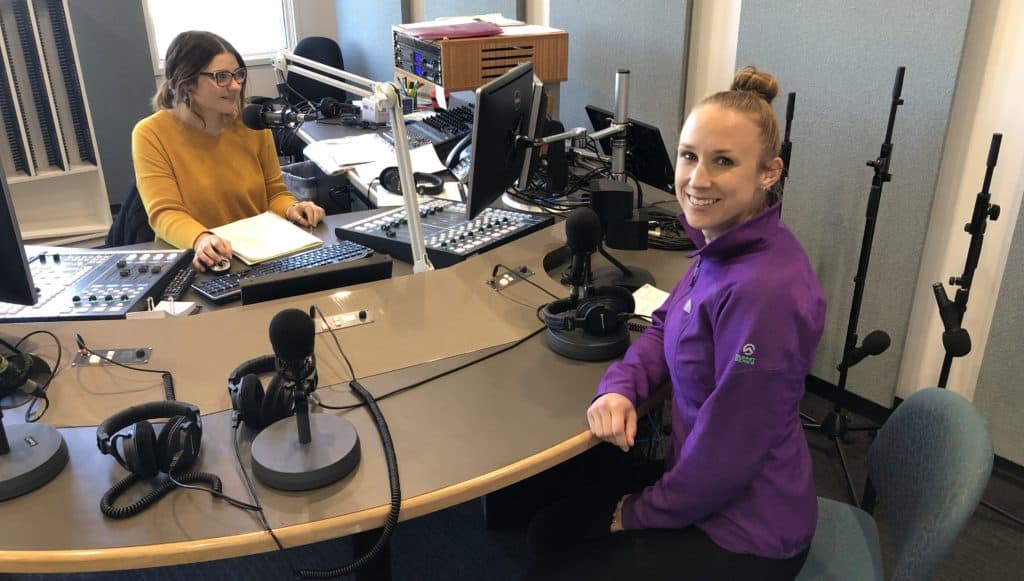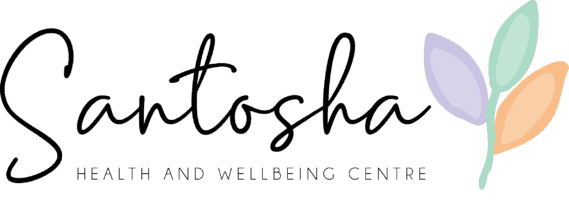I recently chatted with Laura Collins on ABC Riverland about exercise. But more importantly, over-exercise and what it does to our bodies. We kept the conversation pretty basic, but here is an elaboration of the topic.

Why exercise is great
We’re all told to exercise. There are many benefits including, but definitely not limited to:
- Weight loss
- Controlling blood sugars
- Vitamin D
- Fresh air
- Socialising
- Stress relief
But what happens when the exercise we’re doing for our health, is actually detrimental?
What is over-exercising?
When the damage done to our body, outweighs the benefits of the exercise. This occurs when the exercise is causing more stress on the body than it is relieving.
But lets go back to some more basics…
What is stress?
Stress is a primal, deep, neurological response. It goes back to when we lived in caves and we had to protect ourselves from wild animals or warring tribes. If our survival is under threat then we go into what’s called “Fight or Flight” mode. These days we’re mostly safe from tigers, but stress can also be described as a perceived pressure. This pressure can come from work, home, family, social life and even pressures on ourselves. So we live much of our life in this “fight or flight” mode. We could classify these as “mental stressors”.
How does this relate to exercise?
The changes in our body required for exercise, also put us into “Fight or Flight” mode. Exercise is a physical stress, not a mental stress, but our brain and body reacts in the same way. Some of these changes during exercise are:
- Increased breathing
- Increased heart rate
- Increased blood to the muscles.
These are changes we associate with adrenalin.
If your body is already stressed from work or homelife pressures, this exercise stress does add to it.
How could over-exercising cause damage?
A little background information first. There are two types of exercise:
- Aerobic
- Anaerobic
Aerobic
- Uses oxygen and fat for metabolism
- More efficient
- Increases weight loss
Anaerobic
- Uses carbon dioxide and sugar
- Less efficent
- A byproduct is lactic acid so you get muscle soreness
- Produces cortisol which is a stress hormone
- This may lead to weight gain in the long run
- Stress hormones also damage ligaments so this can lead to injuries
“Because the structural muscles that support the body are primarily aerobic, the lack of good aerobic muscle function is a common cause of injury.” ~ Phil Maffetone, founder of the 180 Method.
Signs you are over-training?
- Sore muscles
- Constant niggles or injuries
- Joint pain – which is often caused by muscle imbalance
- Lower back, knee, ankle and foot pain
- Trouble breathing while you’re training – not able to hold a conversation
- Not improving or you have plateaued
- Lack of weight loss, sometimes weight gain (marathon training)
How to not over-train
Slow down
Walking is actually enough for most people. Fast/power walking – not dawdling – as long as it increases your heart rate. This is especially relevant for those who might need to shift some weight. Often exercise can cause pain in the joints. This can be exaccerabated by over-doing it.
Balance out your training
High intensity exercise (think footy games, netball, basbketball, Cross Fit) should be balanced out with gentle cardio on the days in between.
The best way (in my opinion and many others’)…
This comes from the work of Dr Phil Maffetone. He’s worked with Ironmen (eg. Mark Allen who won the Hawaii Ironman), Triathletes, NASCAR drivers, olympians, the military in the US and also musicians such as the Red Hot Chilli Peppers and apparently Johnny Cash!
He found that the 220 formula that is often taught didn’t work and athletes were still overtraining, so he developed a new system, which is the 180 Method.
This is what I’ve used and what I’ve recommended for my patients for years to reduce injuries and stress.
Heart rate monitoring
The aerobic/anaerobic threshold is best determined by your heart rate. It’s the easiest and simplest way to monitor whether you are staying in the aerobic zone, which as I explained above is the most efficient and is the less stress on your body and joints.
You can pick up a simple heart rate monitor for under $100. The watches that are popular now do give heart rate, but it’s best to have something you can program to beep when you’re out of the optimal zone.
Calculating your Optimal Zone – 180 Method
Starting with 180, minus your age. Then add or subtract, depending on the points below:
a) If you have or are recovering from a major illness (heart disease, any operation or hospital stay, etc.) or are on any regular medication, subtract an additional 10.
b) If you are injured, have regressed in training or competition, get more than two colds or bouts of flu per year, have allergies or asthma, or if you have been inconsistent or are just getting back into training, subtract an additional 5.
c) If you have been training consistently (at least four times weekly) for up to two years without any of the problems in (a) and (b), keep the number (180–age) the same.
d) If you have been training for more than two years without any of the problems in (a) and (b), and have made progress in competition without injury, add 5.
e) Use the waist-to-height ratio. Your waist should be less than half your height — if it’s not, subtract 5.
I’m 33 now, so mine is 180 – 33 which is 147. I’ve taken away an extra 5 because I have been inconsistent since having a baby a year ago. So my magic number is 142. My optimal training zone is between 132 and 142. This ensures I don’t stress my body, I recover really quickly and I’m getting fitter, quicker, and without injuries.
What method do you use for your training? Have you used heart rate monitoring before? Let me know in the comments.
